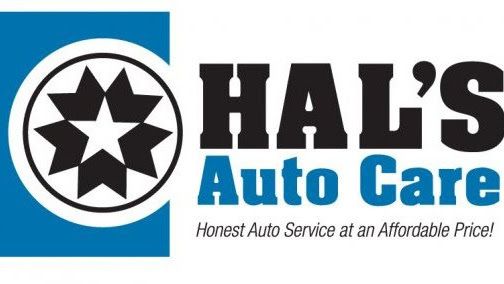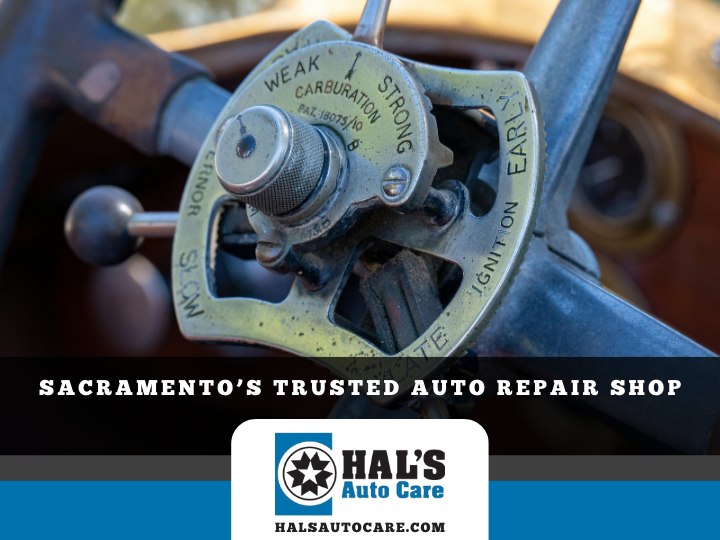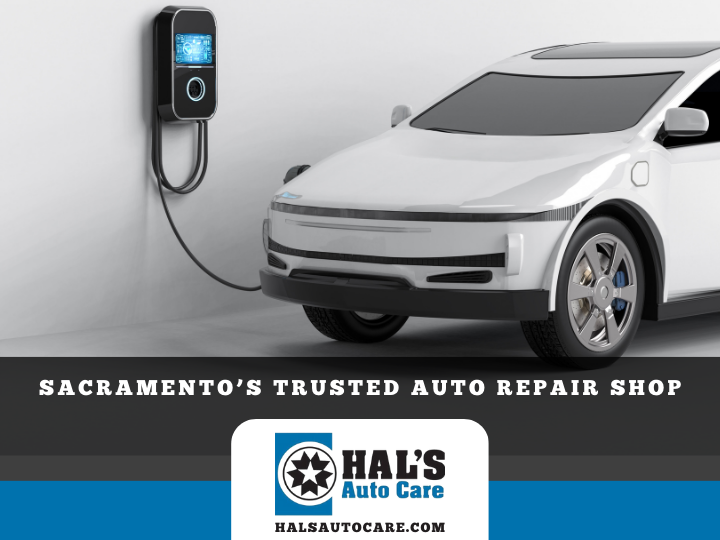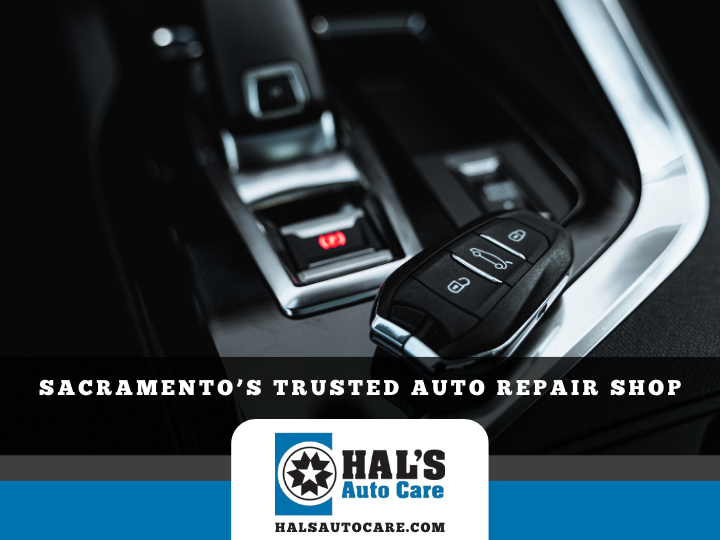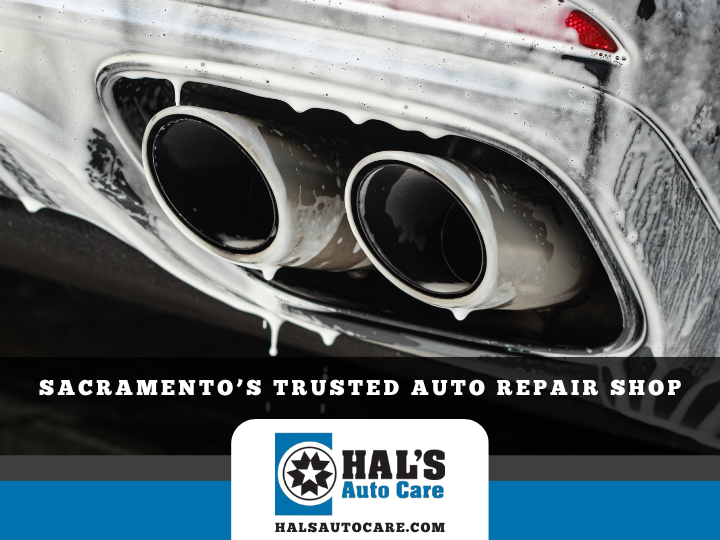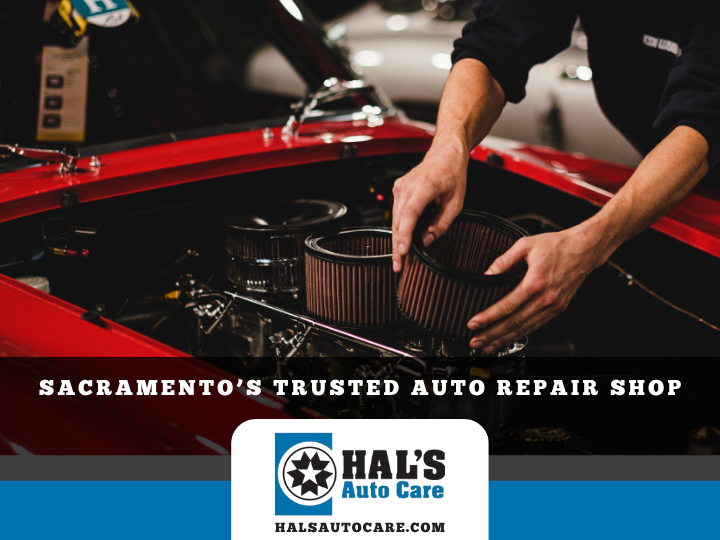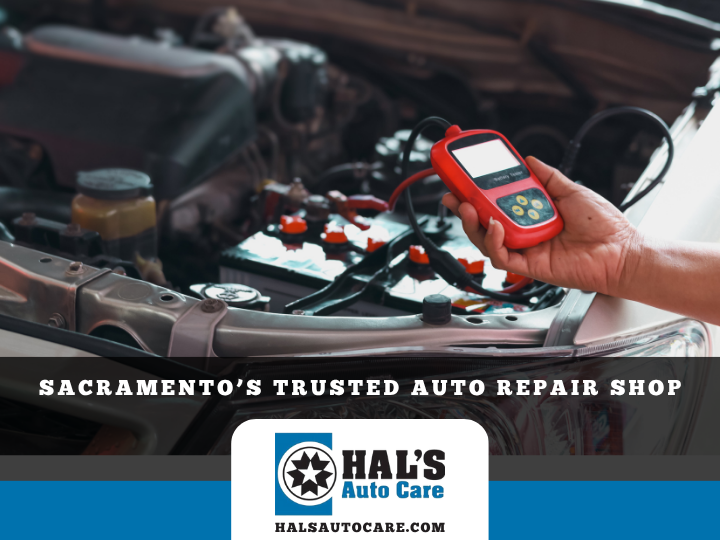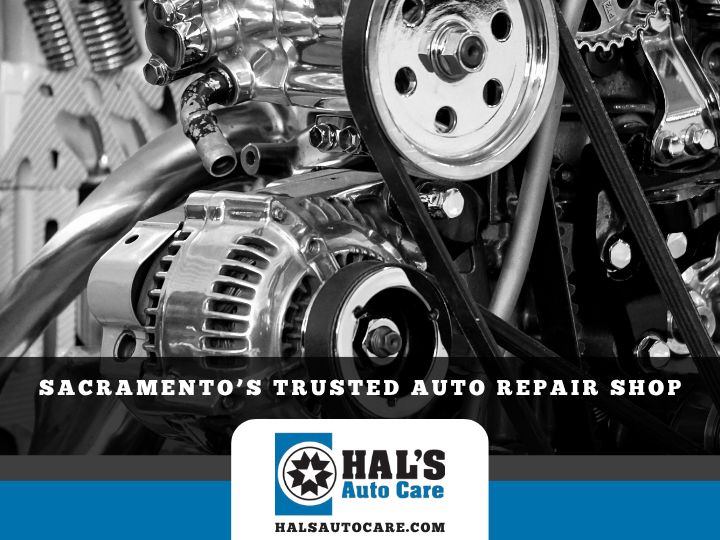Why is my truck overheating with a new thermostat?
Why is my truck overheating with a new thermostat?
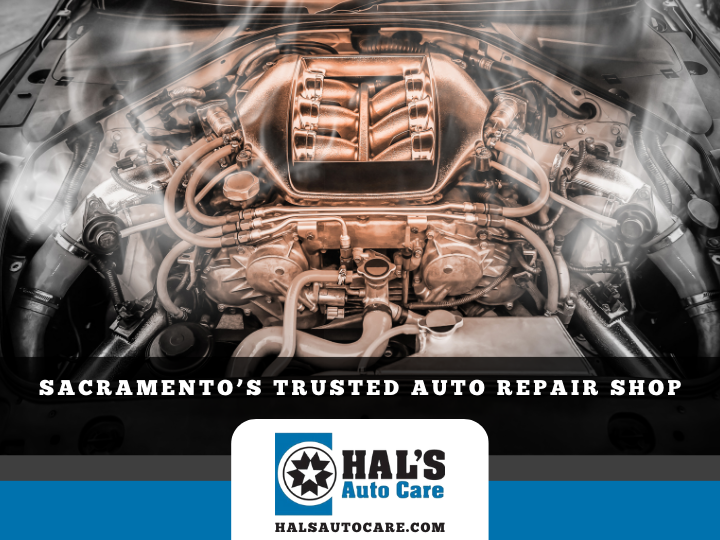
Still Overheating After a New Thermostat? Here's Why Your Truck Might Be Telling You Something Bigger
At Hal’s Auto Care, We Don’t Just Change Parts — We Solve Problems
You replaced your thermostat. You refilled the coolant. You thought the overheating would stop. But now, your truck is still running hot — maybe worse than before.
At Hal’s Auto Care in Sacramento, we see this all the time. A well-meaning repair is done, but the problem comes right back. Why? Because a thermostat is only one link in the chain. When it comes to overheating, the entire system has to work in harmony — not just one part.
Our job isn’t to guess. It’s to diagnose. Here’s why your truck may still be overheating after a thermostat replacement — and how we fix it the right way.
1. Air Trapped in the Cooling System
After a thermostat is replaced, air can become trapped in the system — especially if it wasn't properly bled. This causes poor circulation, temperature spikes, and even heater failure.
What you might notice:
- Heater blowing cold air
- Coolant overflow tank bubbling
- Inconsistent temperature gauge
Hal’s Fix:
We use vacuum-fill and pressure-bleed tools to eliminate air pockets and restore proper circulation — the way it should have been done the first time.
2. Clogged Radiator or Blocked Flow
Even with a new thermostat, coolant can’t flow if the radiator is clogged. Years of buildup, corrosion, or even stop-leak products can choke flow and reduce heat transfer.
Signs include:
- Overheating at idle or in traffic
- Cold lower radiator hose
- Sludgy, dark coolant
Hal’s Fix:
We run
flow tests and thermal imaging to verify that coolant is circulating and the radiator is transferring heat effectively.
3. Failing Water Pump (Even If It's Not Leaking)
A water pump doesn’t have to leak to fail. If the internal impeller is damaged or spinning too slowly, coolant doesn’t move — especially under load.
Warning signs:
- Overheating at highway speed
- Coolant not circulating
- Reservoir bubbling or pressure loss
Hal’s Fix:
We test flow under RPM and temperature load — not just a visual check. If the pump isn’t moving coolant efficiently, we show you proof.
4. Head Gasket Leak or Combustion Intrusion
If combustion gases are leaking into your cooling system, it can superheat the coolant and create pressure spikes — causing overheating even with a brand-new thermostat.
What to watch for:
- White smoke from exhaust
- Bubbling in the radiator
- Coolant loss with no external leak
- Milky oil or sweet exhaust smell
Hal’s Fix:
We perform chemical block testing and cooling system pressure diagnostics to
detect combustion gas leaks early — before engine damage sets in.
5. Radiator Cap Failure
If your radiator cap can’t hold pressure, coolant will boil too soon. Even a working thermostat can’t stop the system from overheating if the pressure isn’t where it should be.
Clues:
- Coolant overflow
- Steam from under the hood
- Radiator hose collapsing or swelling
Hal’s Fix:
We test your radiator cap and overflow system pressure to make sure it’s functioning as designed.
6. Cooling Fan Not Working
Whether your truck uses an electric or clutch-style fan, if it doesn’t engage when it should, you’ll overheat at low speeds and in traffic.
Symptoms include:
- Overheating at idle, but not while driving
- A/C cuts out at stoplights
- Fan doesn’t turn on when hot
Hal’s Fix:
We test the entire fan circuit — relays, fuses, temperature sensors, and fan motors — to ensure it’s engaging correctly when your engine needs it most.
7. The Wrong Thermostat or Improper Installation
Even if the thermostat was replaced, it may not have been the right part. We see many cases where cheap aftermarket thermostats fail right out of the box — or are installed backwards.
Signs:
- Overheating continues after install
- Temperature spikes randomly
- No hot coolant flow to radiator
Hal’s Fix:
We only use
OEM-quality thermostats and ensure they’re installed correctly, tested under load, and verified before the truck ever leaves our bay.
Why Guessing Costs More in the Long Run
At Hal’s Auto Care, we don’t guess. We inspect. We diagnose. We solve.
Overheating causes severe engine damage if left unresolved — from warped cylinder heads to blown head gaskets. That’s why we don’t stop at surface-level fixes. We go deeper to make sure the repair sticks.
Whether you’re driving through Arden-Arcade, East Sacramento, Carmichael, or downtown, your truck deserves to run cool and clean — without second guesses.
What You Should Do Next
If your truck is still overheating after a thermostat replacement, schedule a cooling system diagnostic today. Here’s what we’ll check:
✅ Pressure and combustion leak test
✅ Radiator cap integrity
✅ Flow and circulation under load
✅ Fan operation and electrical system
✅ Full coolant bleed (vacuum-fill)
✅ Radiator and pump inspection
📍 Visit us at
2425 Tower Ave, Sacramento, CA 95825
📞 Call
(916) 485-9215
🌐 Schedule service: https://halsautocare.com/services/
Summary Table: Why Your Truck Overheats After Replacing the Thermostat
Cause
What It Does
Hal’s Auto Care Solution
Air in the system
Blocks circulation, causes spikes
Vacuum bleed and pressure fill
Radiator blockage
Stops heat transfer
Flow test and thermal imaging
Water pump failure
No circulation at load
Pump flow diagnostics under RPM
Head gasket leak
Superheats coolant
Block test and pressure diagnostics
Weak radiator cap
Low boiling point
Pressure cap test and overflow inspection
Fan failure
Overheats at idle
Full electrical and mechanical diagnosis
Incorrect thermostat
Temp spikes, flow issues
OE-spec install and thermal testing
Hal’s Auto Care — Trusted Cooling System Experts in Sacramento
If your truck is still overheating, it’s time for more than a guess. It’s time for real answers. At Hal’s Auto Care, we take pride in solving the problem, not just replacing parts.
For more information you can watch the video.


